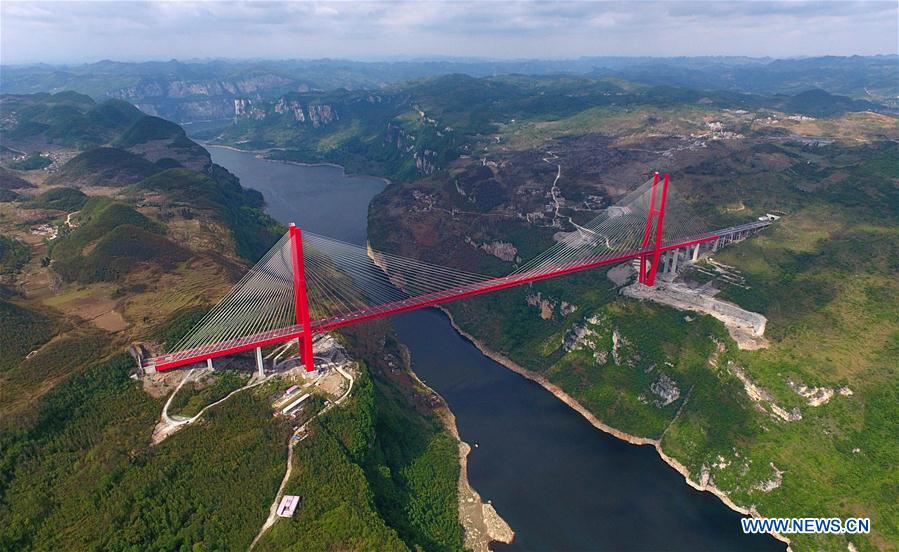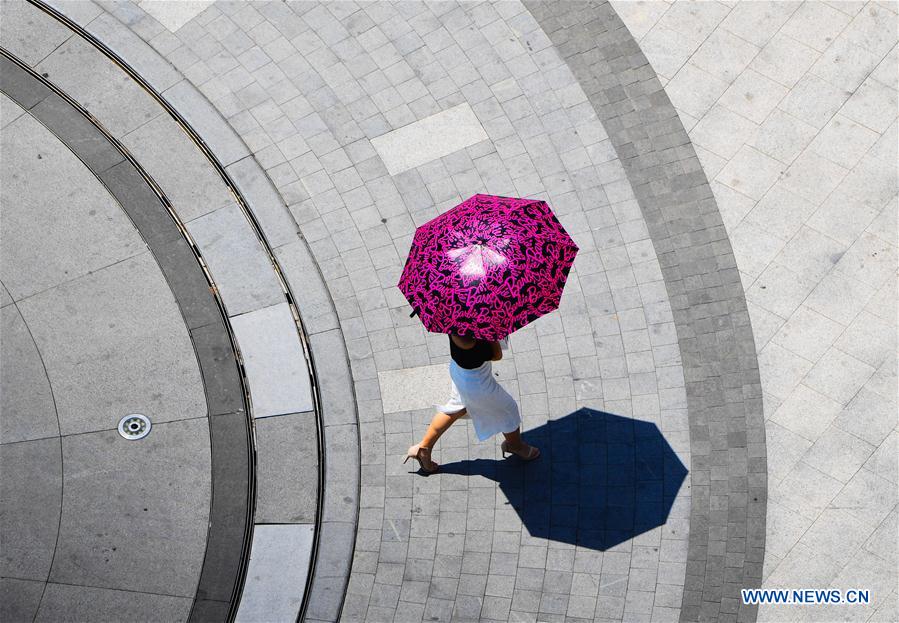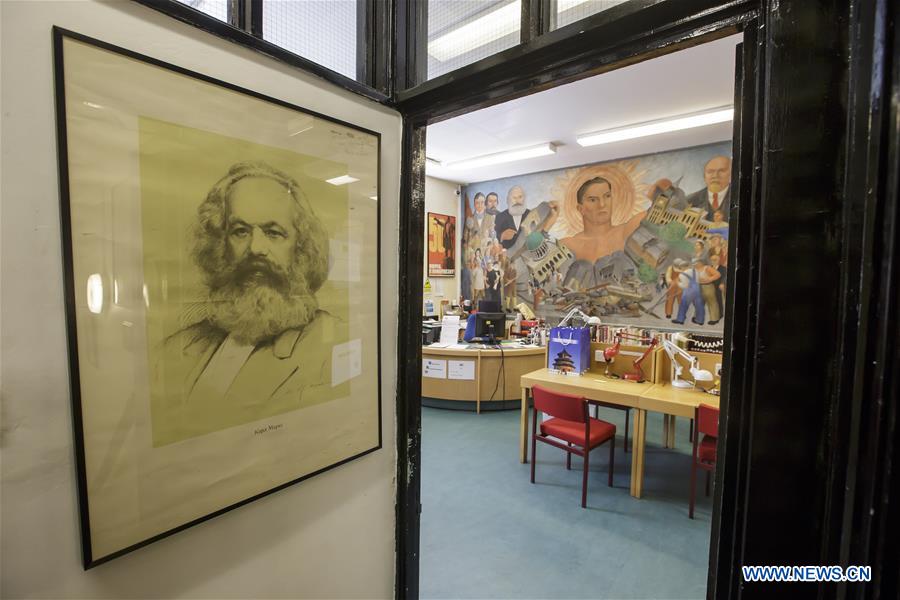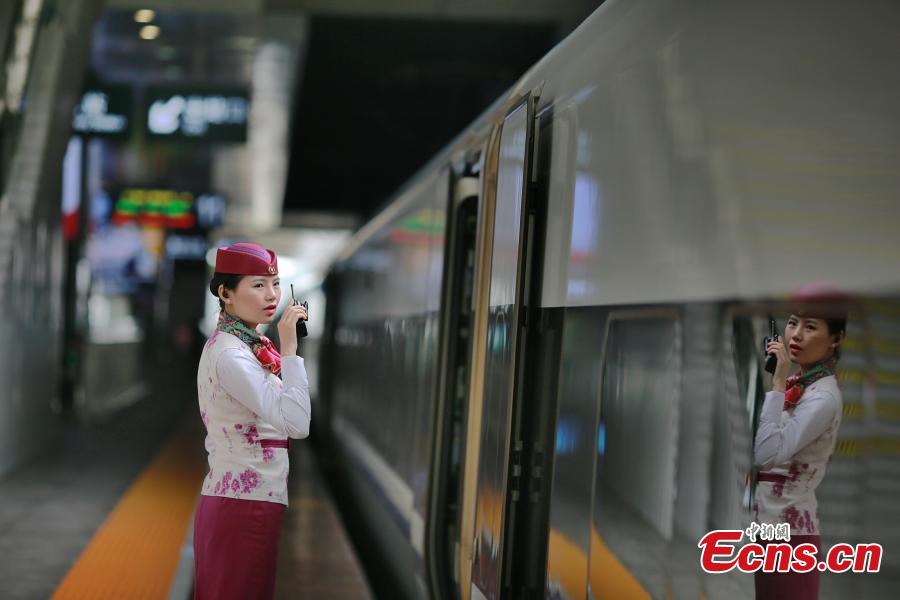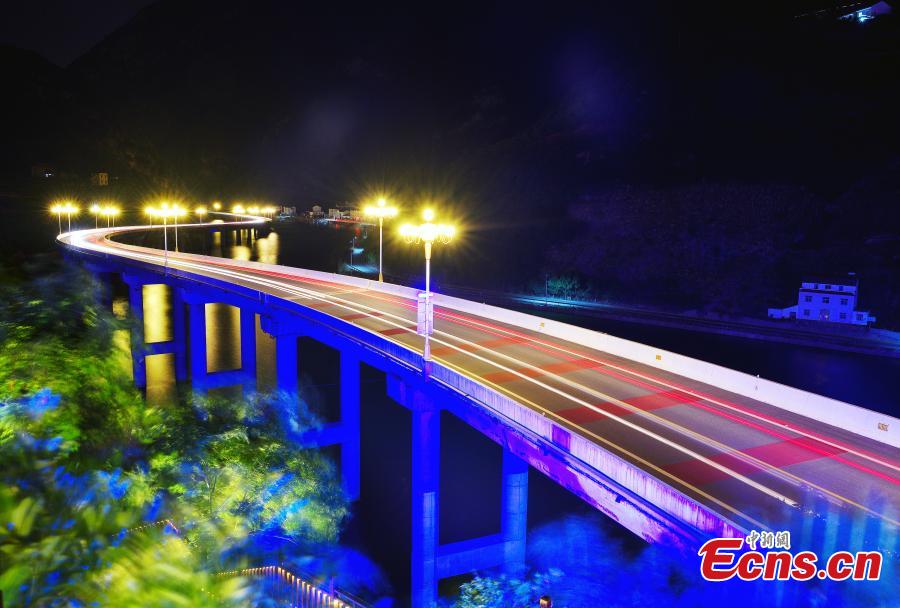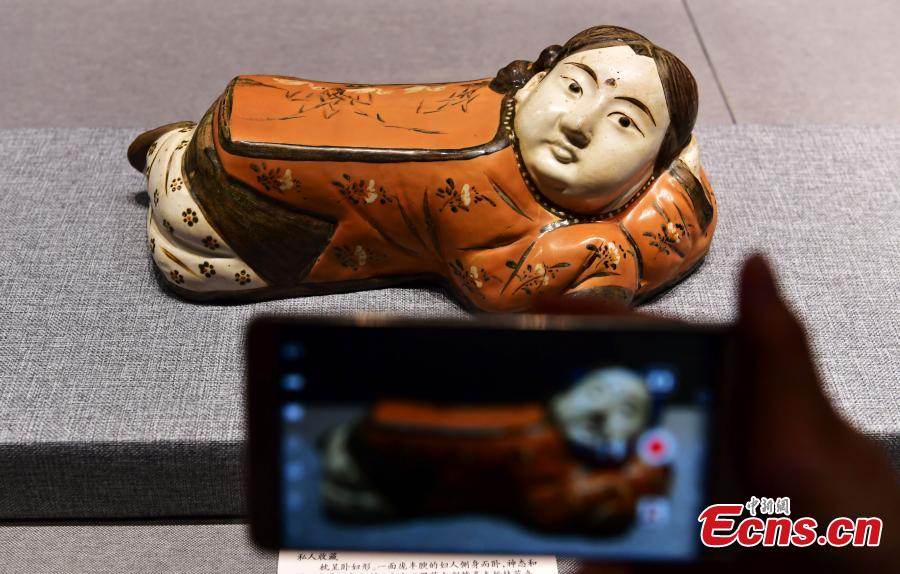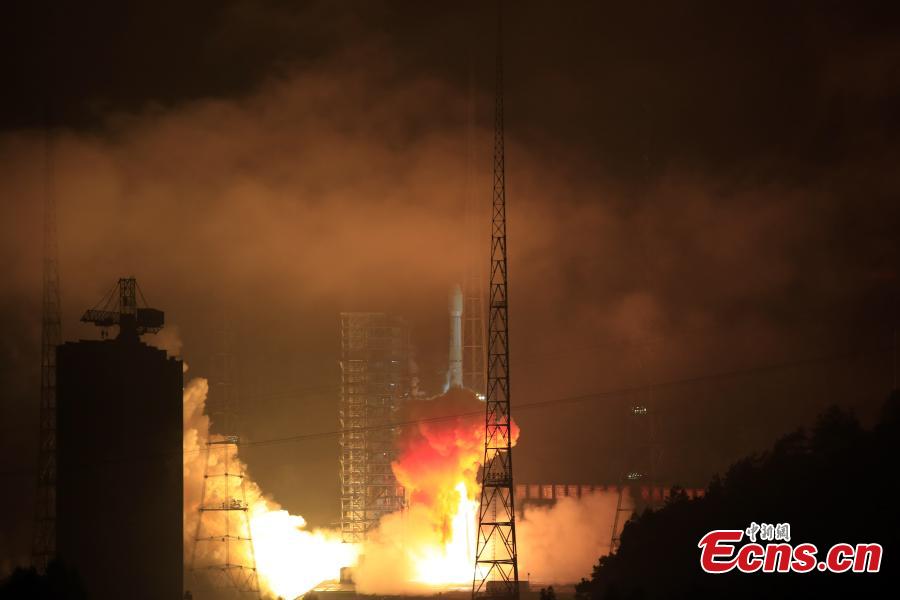Transportation and healthcare are just two of the sectors that are benefiting from the appliance of science.
As new technologies begin to penetrate most aspects of existence, Hong Kong is riding high on the global list of "smart cities" as it looks for new ways of making life safer, easier and more comfortable.
The Smart City Blueprint was only released in December, but efforts are already underway to assess the most promising aspects for incorporation in the city's daily life - and there are a lot of new technologies to choose from.
In February, Google and the research organization Verily Life Sciences unveiled studies that suggested retinal scans that employ Google algorithms are becoming increasingly accurate at diagnosing high blood pressure, strokes and heart attacks, and some physicians are using the scans to confirm their own diagnoses.
One of the acknowledged leaders in the field is Huawei Business Group. Zheng Zhibin, general manager of the company's Smart City Global Business Department, sees great potential for wearable devices that can spot hypertension and even heart disease, and send early warnings to potential patients.
Wireless medical devices can produce electrocardiograms, and monitor respiration, blood pressure, pulse and other physical signs.
"They can send the health data to the city's medical center or to hospitals. If the system spots an abnormality, the patient can be warned before they even notice the problem."
Wearables could also signal the end of grueling journeys to healthcare centers, because they can send patients' information to the medical professionals via the internet. Moreover, a smart healthcare cloud platform can arrange routine checkups, and Zheng predicted that soon doctors will be able to send prescriptions through the platform, which will minimize contact between physicians and patients in the case of minor ailments.
Transportation
The Smart City Blueprint is also set to ease transportation problems in the city.
At one time, travelers using Hong Kong International Airport were required to show their passports or identity cards at least three times before catching a flight. Now, they only need to show their documentation once - at the first point of contact - for a facial scan, which captures a full biometric profile. The scan is checked against the passenger's travel documents and a "travel token" is produced which allows the passenger through the remaining stages of boarding.
"Your ID is your face," said Vivian Cheung, deputy director of aviation development for the Airport Authority Hong Kong, which has streamlined procedures to help passengers, including foreign visitors, get on their way as quickly as possible.
The "Smart Departure" system, launched last year, allows travelers to use biometric-enabled e-gates at outbound immigration checkpoints. Visitors arriving from 74 countries are issued with a landing slip bearing a "Smart Departure" logo. When they leave, they need only to present their landing slip. Facial recognition technology compares the passenger's face with the image taken on arrival and the photo on their passport or ID card to confirm their identity.
In another development, the airport is testing robotic, driverless trucks to transport baggage from terminals to aircraft, according to Eric Yeung Chuen-sing, convener of the Smart City Consortium. He believes the driverless vehicles, which run via artificial intelligence, are more reliable than those driven by humans.
He said there is little likelihood that the robots will make mistakes, because they are programmed to travel along specific routes, while human errors frequently cause delays.
The same technology is also set to be used on Hong Kong's roads.
Alok Jain, from the independent think tank Civic Exchange, said vehicles will "talk" to each other through the city's fifth-generation communication system, which features the fastest-ever rate of data transfer, measured in terms of gigabits per second rather than megabits, as happens in 4G systems.
That means 5G is 100 times faster than 4G, and networks that use the technology can process high volumes of data with minimal transmission delays or interruptions. Relying on 5G wireless technology, information can be exchanged between vehicles, or even buildings, which is seen as essential for coping with the city's worsening congestion and the corresponding risk of more traffic problems.
However, the changeover will happen slowly because the 5G network is still undergoing early-stage testing and standards have yet to be established.
According to Yeung, only when all the vehicles on the city's roads have been fitted with the transmission equipment will intervehicular communication become really effective.
The combined use of the 5G wireless network and geofence technology will also help to eliminate congestion. Geofence technology uses GPS and Wi-Fi nodes or Bluetooth beacons to create electronic boundaries that can be placed around buildings or protected areas and issue an alert whenever a person or vehicle enters or exits the bounded area.
That means traffic managers can create electronic alerts that can be transmitted to oncoming vehicles in the event of road construction work, congestion, accidents or other hazards.









